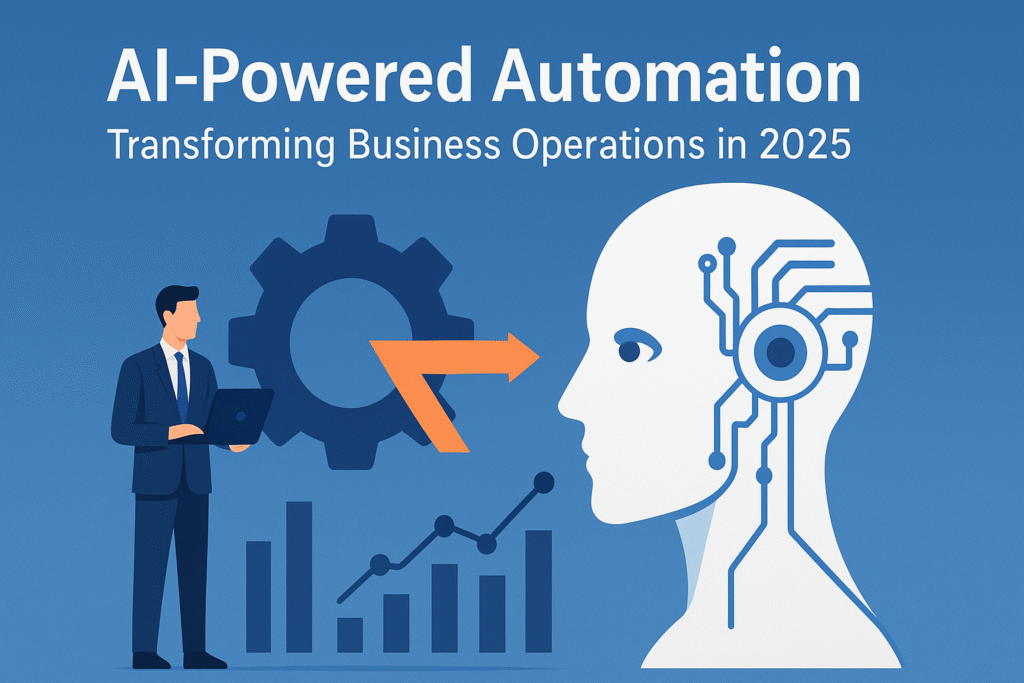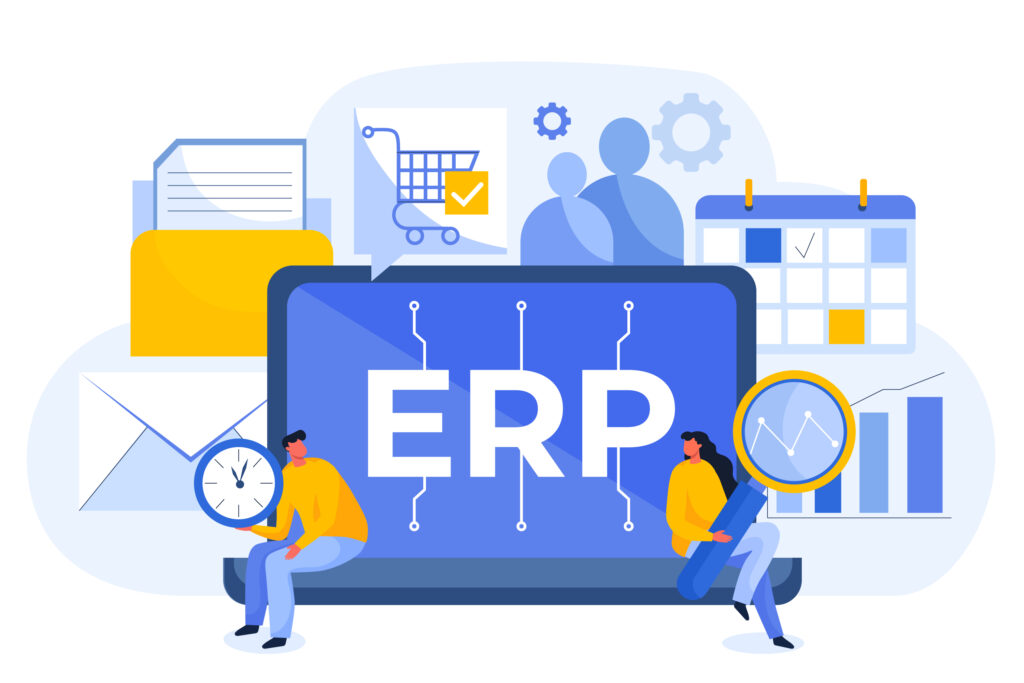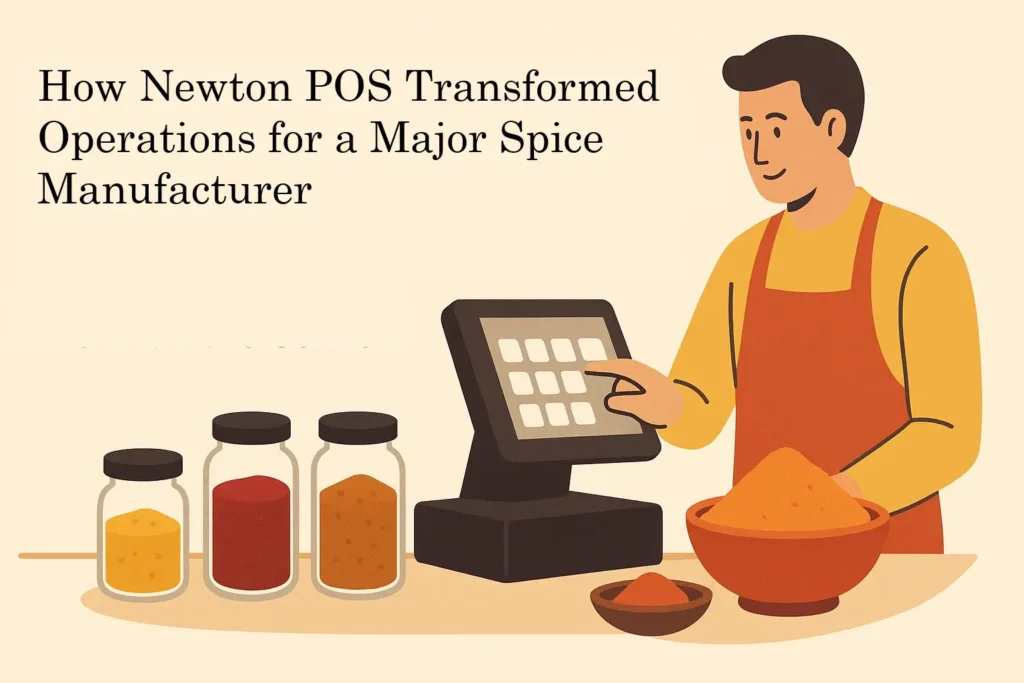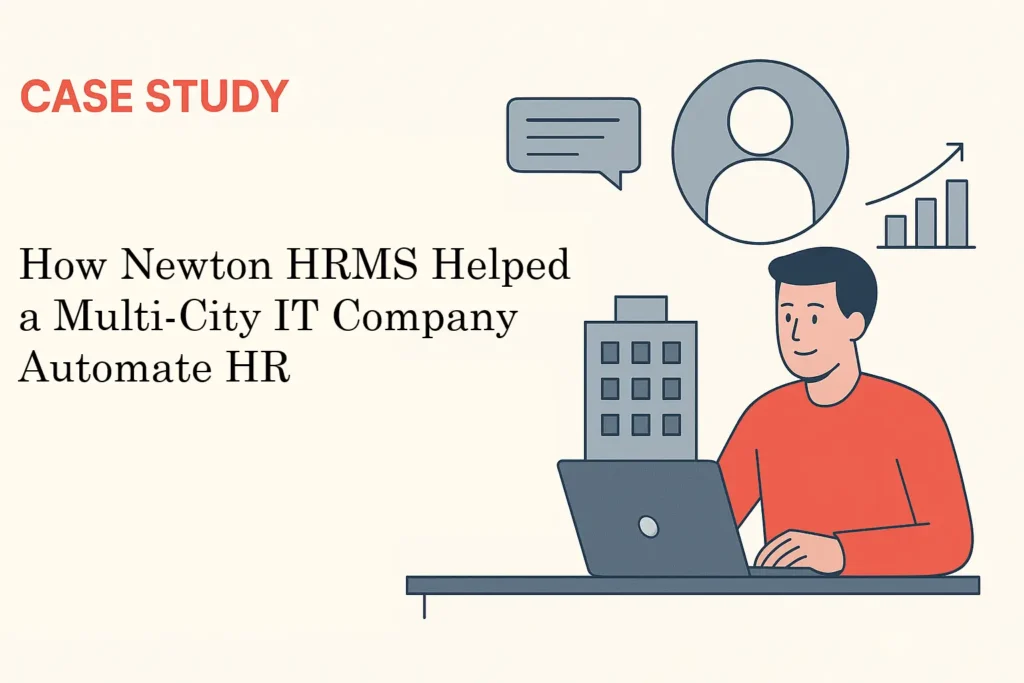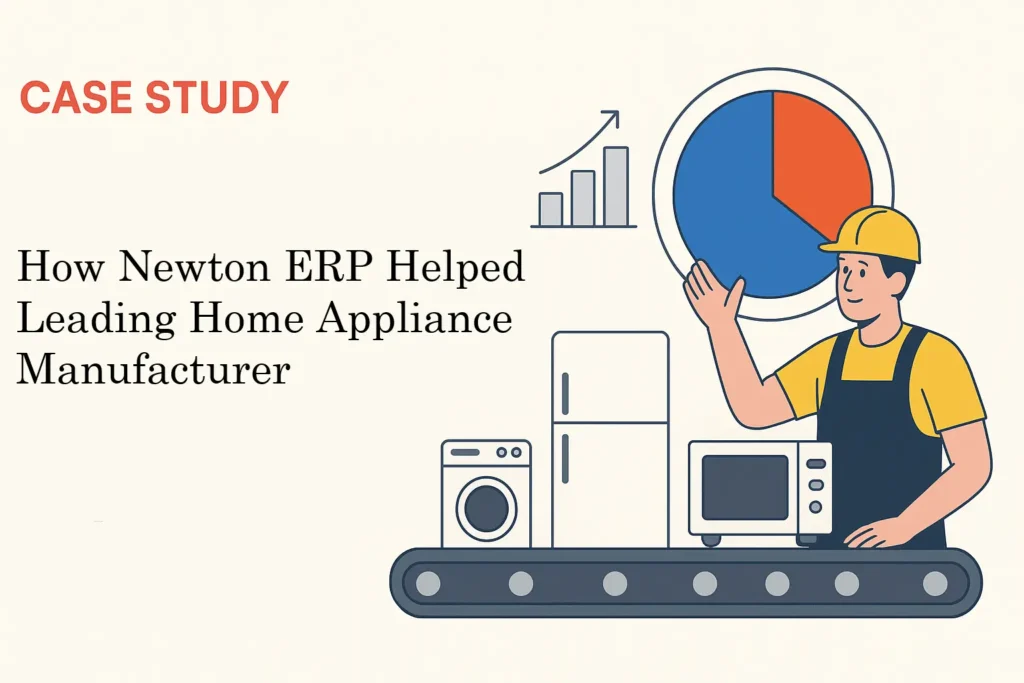The year 2025 is proving to be one of the most thrilling years in businesses all over the world. The speed of technology development is unprecedented, and AI-driven automation is one of its innovations.
Meanwhile, AI-powered automation represents applying artificial intelligence (AI) and intelligent machines and software to accomplish tasks automatically. It is not only about replacing manual work but also making business operations smarter, faster, and more efficient.
AI-based automation is transforming the way business is conducted by managing customers and analyzing data to enhance supply chains and marketing strategies.
This blog covers how this potent blend of AI and automation is changing the way business is being conducted, turning it into a more productive and future-oriented entity.
What is AI-Powered Automation?
Automation can be defined as a machine or software used that involves repetitive tasks that can be done with only a little human intervention. Artificial Intelligence, in contrast, is a characteristic of machines to think, learn, and make decisions in the same way as human beings do.
The combination of the two forms is AI-controlled automation. The system is capable of not only working automatically but also learning through experience, becoming better as time progresses, and making smart decisions.
To your own knowledge, you could already be applying AI automation in your everyday life. To use a specific example, an instant response of the chatbot to your customer query or the auto-scheduling of a meeting through your phone calendar is AI-powered automation in action.
It is time and resource saving, minimizes human errors, and makes business run more efficiently and effectively.
Key Areas Where AI-Powered Automation Is Making an Impact
AI-powered automation is not limited to one industry. It is spreading across every business sector. Here are a few areas where it is making the biggest impact:
- Customer Service: AI chatbots and voice assistants are now able to respond to thousands of customer questions of customers simultaneously. They are accessible 24/7, and they offer real-time feedback, which enhances customer satisfaction.
- Marketing and Sales: AI systems analyze the behavior of different customers and make them an offer or a product recommendation independently. They also assist companies in sending emails, campaign analysis, and determining what customers really desire.
- Finance and Accounting: AI can be used to create invoices automatically, detect fraud, and prepare financial statements within a few seconds. This is time-saving and more accurate.
- Human Resources: AI-based software can be used to screen applications, shortlist applications, and even anticipate who would be a suitable fit for the organization, making recruitment less demanding.
- Manufacturing and Supply Chain: Artificial intelligence machines in factories can anticipate when machinery will break down, and provide a recommendation that can be used to maintain the machines. It is also used to assist companies in controlling inventory and monitoring goods.
- IT and Cybersecurity: AI tools will be constantly tracking the systems to identify anomalous activity, detect cyber threats, and automatically correct technical problems.
Benefits of AI-Powered Automation for Businesses
Businesses in 2025 are experiencing a massive boost due to AI-powered automation. Let’s look at some of the major benefits.
- Increased Efficiency: This is due to increased efficiency, where activities that previously took hours or days are now done within minutes. The automation with the use of AI addresses complex processes more effectively and quickly.
- Cost Reduction: When machines perform the same task, firms save labor expenses and minimize human errors that can cost the firms.
- Better Decision Making: AI is capable of analyzing data in real time and giving insights that could lead to leaders making smarter business decisions.
- Enhanced Customer Experience: The current customers have high expectations regarding quick and personalized attention. With the help of AI automation, businesses can fulfill these expectations in time.
- Scalability: Automation also allows a business to cope with increased operations without necessarily having to increase staff size when it is growing.
- Employee Productivity: Workers will be able to spend time innovating, planning, and developing customer relationships because repetitive work will be eliminated.
Real-World Examples of AI-Powered Automation in 2025
In 2025, companies across all industries are using AI automation in exciting ways.
- Retail brands now use AI chatbots to answer customer questions instantly and suggest products based on shopping history.
- Banks are automating financial reports, monitoring transactions for fraud, and offering smart budgeting tips.
- Manufacturing plants use AI robots to check product quality, predict machinery failures, and maintain supply flow.
- Hospitals and clinics automate patient data, schedule appointments, and even predict patient health trends.
- It is not just large companies doing this. Even small businesses are adopting AI tools to save time, improve service, and compete better.
Challenges in Adopting AI-Powered Automation
- While the advantages are many, businesses also face a few challenges while adopting AI-powered automation.
- High Initial Costs: Implementing AI systems requires some investment in technology and training.
- Skill Gap: Employees need to learn how to work with AI tools and understand data-driven systems.
- Data Privacy Concerns: As automation collects and uses large amounts of data, maintaining security and privacy becomes important.
- Resistance to Change: Some people worry that automation might take away jobs or change the way they work.
- Integration Issues: Old systems may not easily connect with new AI-based tools.
The Future of AI-Powered Automation: What to Expect
The process of AI-driven automation in 2025 has only started. More sophisticated tools that will be able to think and act for themselves will be introduced in the future. We will experience systems capable of prediction, learning from new data, as well as working with people more efficiently.
Smart supply chains, improved marketing decisions, and smarter risk management will be used in businesses through AI. But the most important thing is that automation will not override human intelligence but will collaborate with it.
New roles will be created, which are centered on innovation, data analysis, and creativity. The companies that will implement AI automation early will remain ahead of the competition and grow more rapidly in the next few years.
Conclusion
To sum up, the future of AI-powered automation in 2025 is changing the way businesses operate entirely. It is also simplifying operations by making them quicker, more precise, and more effective than ever. All sectors, such as customer care, finance, and manufacturing, are experiencing their positive influence.
Although it has a few challenges, its long-term benefits are way more than these. Automation does not involve the elimination of human beings but gives them time to engage in important, creative, and strategic activities.
Companies that adopt this technology will not only save time and money but will also remain future-oriented. One of the things that is clear as we proceed is that AI-driven automation is not a trend at all. It is the future of intelligent business.

